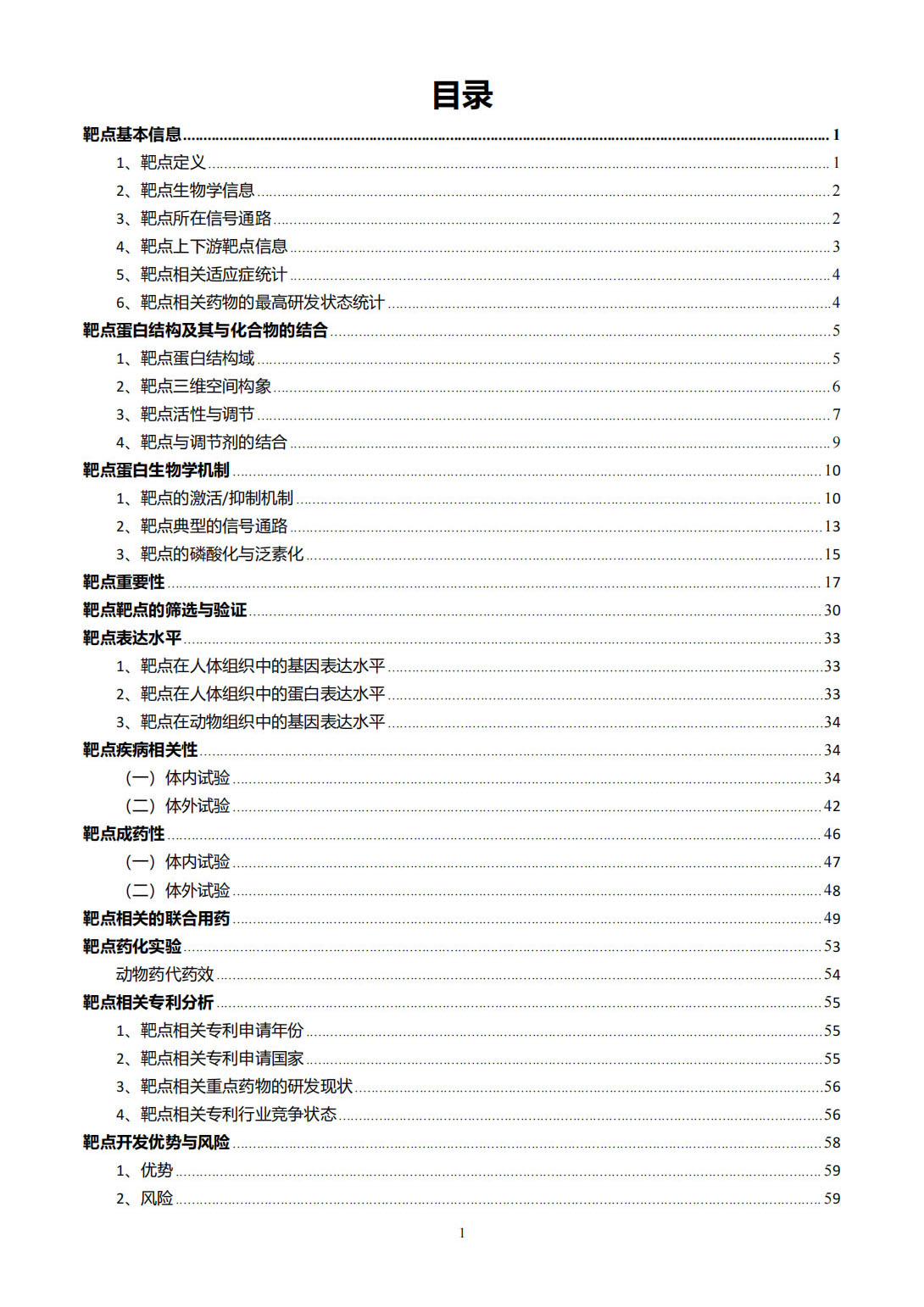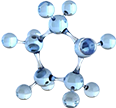HSP90AA1 Target Analysis Report Summary


About the Target
1) HSP90 and its co-chaperones, FNIP1/2 and Tsc1, are involved in Tuberous Sclerosis Complex (TSC) and Birt-Hogg-Dube (BHD) syndromes. HSP90 client proteins and co-chaperones play a crucial role in these syndromes [1].
2) HSP90 inhibitors can delay or suppress the emergence of drug resistance in cancer treatment. By co-administering an HSP90 inhibitor with targeted drugs, resistance to drugs like estrogen receptor antagonists and the BRAF inhibitor vemurafenib can be blocked or delayed. HSP90 is also important for the stability and function of the BRAFV600E-mutant protein, and HSP90 inhibitors can overcome acquired resistance to BRAF inhibitors [2].
3) HSP90 interacts with DYRK3 to regulate its stability and activity. During stress, DYRK3 dissociates from HSP90 and partitions inside stress granules (SGs) for protection. In the recovery phase after stress, soluble DYRK3 associates with HSP90 to be stabilized and promote translation restoration. Inhibition of HSP90 prevents the stabilization and activation of DYRK3, leading to the persistence of SGs and inhibition of translation restoration [3].
4) HSP90 plays a conserved chaperone-client interaction with SIRT1 orthologs. It binds unstable SIRT1 and stabilizes it in an open, partially unfolded conformation, facilitating its activation and cellular functions. Reduction in HSP90 capacity leads to SIRT1 destabilization and proteasomal degradation, affecting SIRT1-mediated processes [4].
5) ErbB2 signaling mediates HSF1 activation in a mutp53-dependent manner. Mutp53 enhances ErbB2 signaling, potentiating HSF1 activity and the upregulation of HSP90 clients, including mutp53. Inhibiting ErbB2 leads to the inhibition of HSF1 transcriptional function, decline in HSP90 level, and subsequent degradation of mutp53 and MDM2 [5].
Overall, HSP90 plays a critical role in various disease contexts, such as TSC, BHD syndromes, and cancer treatment resistance. It interacts with co-chaperones and client proteins to regulate their stability, function, and activation. Inhibition of HSP90 can be beneficial in delaying drug resistance and promoting tumor regression. Additionally, HSP90 has an impact on stress granule dynamics and the regulation of translation restoration. Furthermore, it is involved in the stabilization and activation of SIRT1 orthologs and mediates HSF1 activation in a mutp53-dependent manner.
Based on the provided context information, several key viewpoints can be extracted regarding HSP90AA1:
HSP90AA1 plays a crucial role in regulating the abundance and stability of ErbB2 in ErbB2-positive breast cancers under steady-state conditions [6].
HSP90AA1 is involved in the assembly of the synaptic LRP1-HSP90AA1-PSD-95 complex, which regulates the stability and function of cerebellar synapses [7].
HSP90AA1 inhibition, along with KDM inhibition, leads to epigenetic reprogramming and destabilization of PAX3-FOXO1, resulting in potent anti-tumor effects in PAX3-FOXO1-positive alveolar rhabdomyosarcoma [8].
HSP90AA1 expression is correlated with prostate cancer progression, levels of AR/AR-V7, and increased Gleason scores [9].
HSP90AA1 contributes to castration-resistant prostate cancer (CRPC) progression by its chaperone activity for AR-FL/AR-V7 and by blocking CHIP-mediated AR-FL/AR-V7 ubiquitination and degradation [9].
HSP90AA1 inhibition enhances the effectiveness of MAPK inhibitors and prevents adaptive drug resistance in KRAS-mutant lung adenocarcinoma [10].
HSP90/AXL/eIF4E-regulated unfolded protein response (UPR) is involved in adaptive resistance to certain drugs and intratumor heterogeneity in KRAS-mutant lung tumor cells [10].
Overall, HSP90AA1 has been implicated in various cellular processes and is associated with cancer progression, drug resistance, and therapeutic vulnerabilities in different types of cancer.
Figure [1]

Figure [2]

Figure [3]

Figure [4]

Figure [5]

Figure [6]

Figure [7]

Figure [8]

Figure [9]

Figure [10]

Note: If you are interested in the full version of this target analysis report, or if you'd like to learn how our AI-powered BDE-Chem can design therapeutic molecules to interact with the HSP90AA1 target at a cost 90% lower than traditional approaches, please feel free to contact us at BD@silexon.ai.
More Common Targets
ABCB1 | ABCG2 | ACE2 | AHR | AKT1 | ALK | AR | ATM | BAX | BCL2 | BCL2L1 | BECN1 | BRAF | BRCA1 | CAMP | CASP3 | CASP9 | CCL5 | CCND1 | CD274 | CD4 | CD8A | CDH1 | CDKN1A | CDKN2A | CREB1 | CXCL8 | CXCR4 | DNMT1 | EGF | EGFR | EP300 | ERBB2 | EREG | ESR1 | EZH2 | FN1 | FOXO3 | HDAC9 | HGF | HMGB1 | HSP90AA1 | HSPA4 | HSPA5 | IDO1 | IFNA1 | IGF1 | IGF1R | IL17A | IL6 | INS | JUN | KRAS | MAPK1 | MAPK14 | MAPK3 | MAPK8 | MAPT | MCL1 | MDM2 | MET | MMP9 | MTOR | MYC | NFE2L2 | NLRP3 | NOTCH1 | PARP1 | PCNA | PDCD1 | PLK1 | PRKAA1 | PRKAA2 | PTEN | PTGS2 | PTK2 | RELA | SIRT1 | SLTM | SMAD4 | SOD1 | SQSTM1 | SRC | STAT1 | STAT3 | STAT5A | TAK1 | TERT | TLR4 | TNF | TP53 | TXN | VEGFA | YAP1

